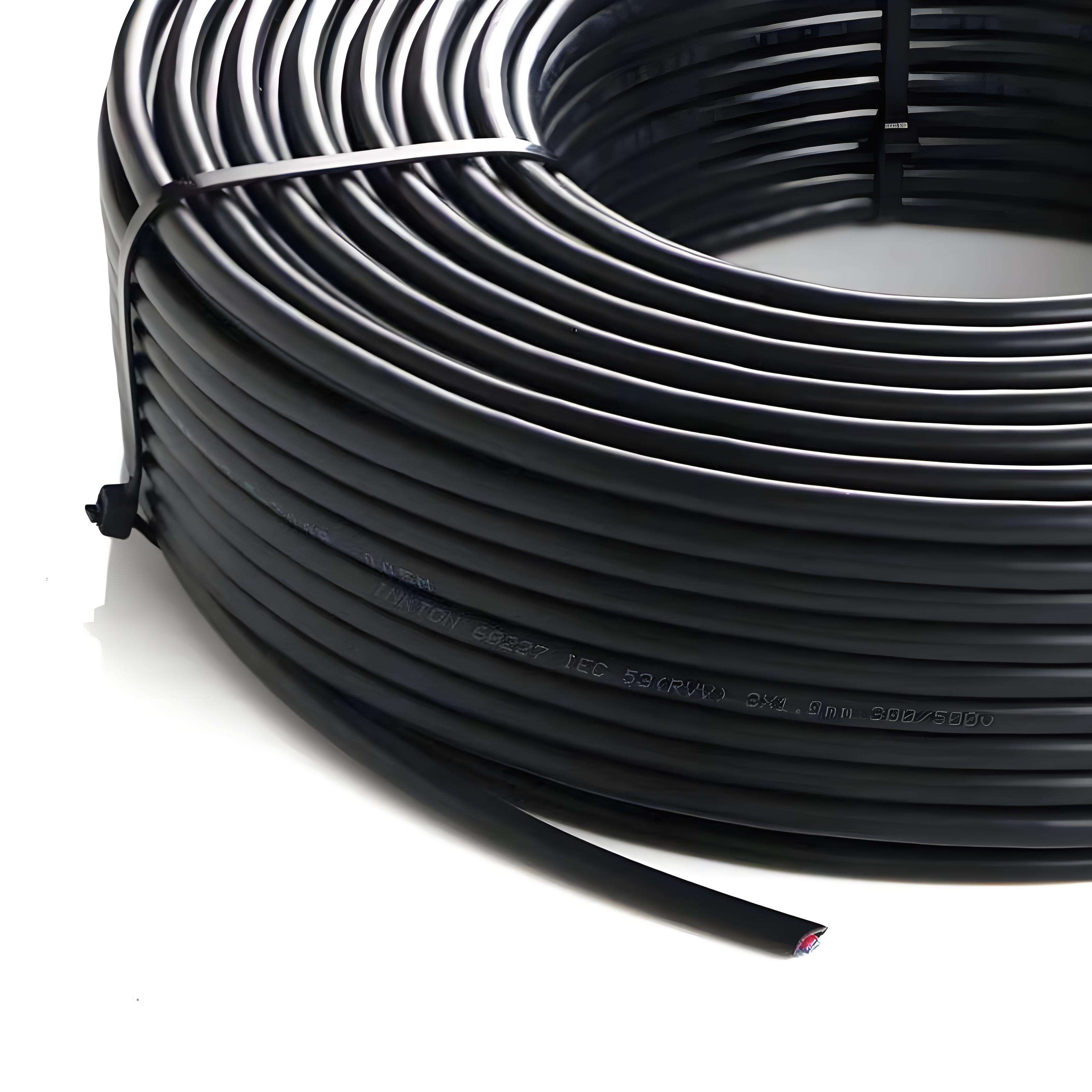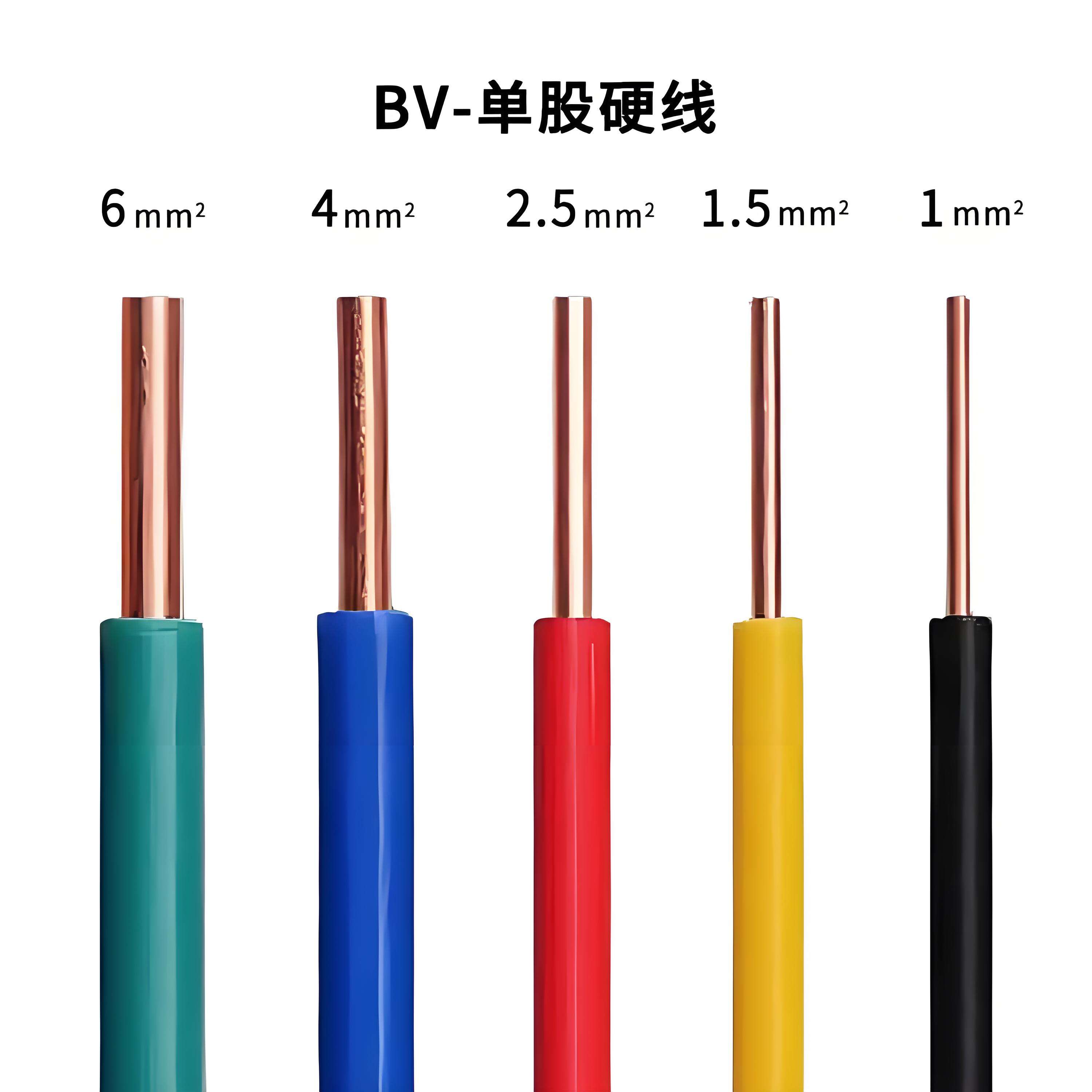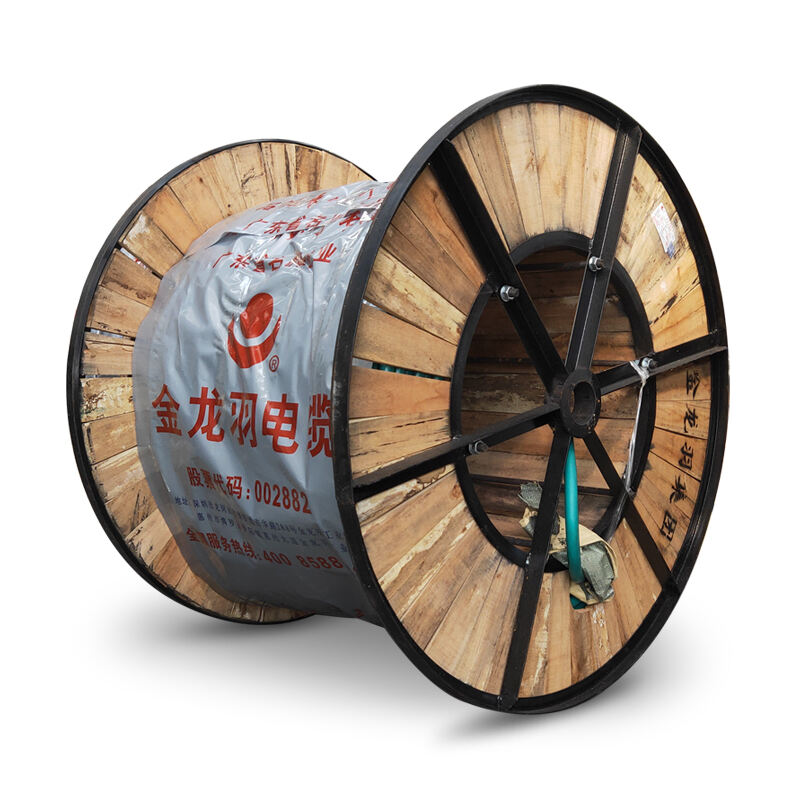बिजली के केबलों की रखरखाव करना उनकी लम्बी आयु, विश्वसनीयता और विद्युत प्रणालियों में सुरक्षित काम करने के लिए आवश्यक है। नियमित दृश्य जाँच पहली लाइन ऑफ़ डिफ़ेंस है, जहाँ तकनीशियन केबलों को कटाव, फटाव या अपरेशन पर अभिकर्षण के चिह्नों के लिए ध्यान से जाँचते हैं। विशेष ध्यान उन क्षेत्रों पर दिया जाता है जहाँ केबल झुके हुए हैं, समाप्त होते हैं या यांत्रिक तनाव के खिलाफ है। बिजली के केबलों के संचालन तापमान का पर्यवेक्षण करना भी महत्वपूर्ण है। उच्च तापमान ओवरलोडिंग, गलत जोड़े या अपरेशन के पतन को सूचित कर सकते हैं, जिसे थर्मल इमेजिंग कैमरे या तापमान सेंसर का उपयोग करके पता लगाया जा सकता है। विशेष रूप से धूल, दर्ती या रासायनिक प्रदूषणों के साथ वातावरण में केबलों को नियमित रूप से सफाई करना उन पदार्थों के संचय को रोकने में मदद करता है जो अपरेशन को क्षति पहुँचा सकते हैं या विद्युत छिटकाव का कारण बन सकते हैं। इसके अलावा, नियमित अंतराल पर केबल जोड़े की जाँच और शीघ्रता से बढ़ाना अच्छा विद्युत संपर्क सुनिश्चित करता है और चिंगारी और गर्म होने के खतरे को कम करता है। आर्द्रता के प्रति आवश्यक क्षेत्रों में, जैसे भूमि के नीचे स्थापित किए गए, आर्द्रता का पर्यवेक्षण और सुरक्षा उपाय, जैसे कि जलप्रतिरोधी सील और बाधाएँ, आवश्यक है। नियमित परीक्षण, जिसमें अपरेशन प्रतिरोध परीक्षण और डाय-इलेक्ट्रिक सहनशीलता परीक्षण शामिल है, केबल की स्थिति के बारे में क्वांटिटेटिव डेटा प्रदान करता है और विफलताओं के पहले संभावित समस्याओं की पहचान करता है। एक व्यापक रखरखाव कार्यक्रम का पालन करके, बिजली के केबल अपनी अधिकतम क्षमता से काम करते रह सकते हैं और विद्युत प्रणालियों के स्थिर संचालन में योगदान देते हैं।


